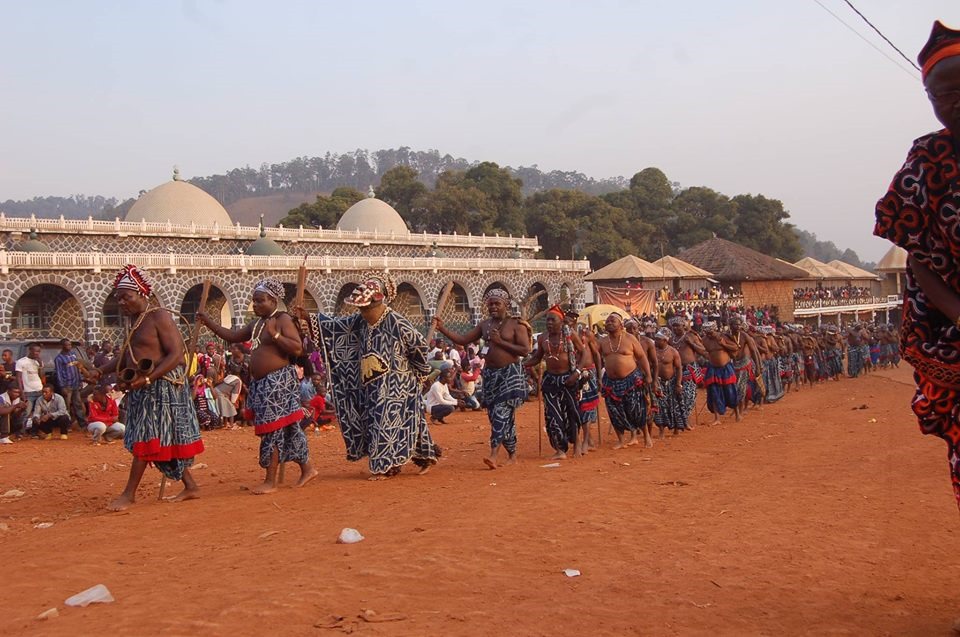ABSTRACT

The purpose of this study is to investigate why initiation rites, ritual and sacred traditional practices which are supposed to be some of the fulcrums of unique and robust artistic production in Bui have not been well appreciated and understood, even by some indigenes. Their existence have been affected by war and socio-political instabilities. Their dramatic and socio-cultural status have been challenged by modernity and affected by Western notions of leadership and authority. Sacred and ritualistic performances among the Noni, Nso and Oku people is a dramatic art, which, to the ordinary man, has little or no significance but for the fact that it entertains him; whereas in the real sense of it, the initiation rites, the ritual practices, the sacred manifestations, the performers, the performingspace, the costumes, the props, and the participating audience carry withthem a lot of symbolicmeaning.
Although many papers have been written and somepublished on traditionaltheatre inNoni, Nso and Oku, littlework has been done on the theatricalities of their ritual and sacred traditional performances by way of interpreting the significance of such performances ethnologically, semiotically and theatrically. This research seeks to investigate the genres of sacred enactments, and formsof initiation; the manner in which performers and performance relate to context and audience participation, be it their offstage or public displays; their semiotic and aesthetic relevance; ritualistic enactments that can be considered as texts in performance; and the function of ritual practices among the indigenous people ofNoni, Nso and Oku. Focus shall be on where, when and how initiation rites are considered as forms of traditional performance.This study was out to prove that initiation rites in Bui have performance elements and therefore, can be considered as drama; that initiated members are no longer ordinary members in the society as they assume different functions and actions in the society; and lastly, that masquerades and non-masquerade performers are no longer considered as ordinary humans as they acquire spirit possessions. The study has employed three theories in order to undertake this research work proficiently and creditably. They are: performance theory, myth/achetypal literary theory and the structuralist/semiotic approach. Through the instruments of interviews, focus group discussion and observations,the study of the selected sacred enactments was able to portray when a performance is intended only for animation and when it animates and plays a ritual function at the same time.
Key Words and Expressions:
Theatrics or Theatricals and Drama, Dramatic and Theatrical Aesthetics, Traditional Performance and/or Enactment, Aesthetics, Semiotics or Semiology, Initiation Rites, Ritual.


